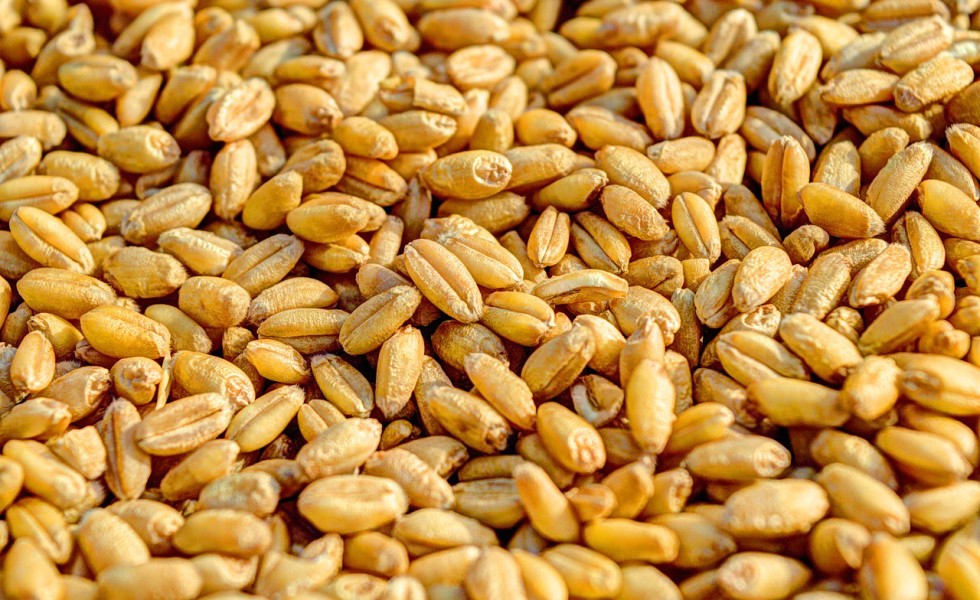Let’s Dance
Posted on June 15, 2016

Since late last summer, Big Seed’s big players have looked more like anxious high school kids hoping to pair off for the senior prom than international businesses investing in new products and markets.
The first to go courting was St. Louis-based Monsanto. Last August it offered nearly $46 billion for its Swiss classmate, Syngenta, only to be spurned. Syngenta later sold itself to China National Chemical Corp., or ChemChina, for $43 billion.
Next, in December, DuPont, owner of Pioneer, and Dow Chemical agreed to a “merger of equals.” The influential magazine Economist saw it differently; it called the deal “a bad romance” pushed by “activist investors” looking for a fast buck instead of by management with a plan “to concentrate on higher-margin products.”
Either way, the new company, called DowDupont, believes it will pass antitrust muster by mid-summer to become a $130-billion-a-year giant.
Monsanto returned to the dance floor in March to make a pass at Bayer’s crop science unit for a reported $30 billion. Like Syngenta, though, Bayer declined Monsanto’s overtures.
Two months later, Bayer took the lead. On May 22, its boss, Werner Baumann, confirmed that Bayer hoped to buy Monsanto, the world’s biggest biotech seed company, for $62 billion, or a fat 37 percent premium to its May 9 share price.
The proposed deal didn’t get much love on Wall Street. Despite Bayer’s sweet offer of $122 per share, investors didn’t lift the stock to that level even after the buyout went public, a rarity.
Sensing the deal might be headed for trouble, Bayer’s Baumann took to cable network CNBC on May 23 to sell it directly to the American public. “The beauty of this combination,” the German explained in pitch-perfect English, “is that both businesses are highly complementary… (each) with great science and great people…”
And, he added, Bayer isn’t just German; it, in fact, “… has a 150-year heritage in the U.S. as a good corporate citizen that has more employees in the U.S. than Monsanto…”
But Baumann’s instincts were right; Monsanto rejected the Bayer offer May 24. Hugh Grant, Monsanto’s CEO, curtly explained the kiss-off by saying the “current proposal significantly undervalues our company and also does not adequately address or provide reassurance for some of the potential financing and regulatory execution risks related to the acquisition…”
Bloomberg News, however, did note that Grant “remains open to further deal talks…”
In other words, if you want to date Monsanto, Herr Baumann, bring more money.
How much more?
Some analysts say Bayer could boost its $122 per share bid to $140 because the combined firm (about 40 percent ag-based) would control nearly 30 percent of the global pesticide market, 36 percent of U.S. corn seed market, and 28 percent of the American soybean seed market.
And, too, the combined company’s genetic material would be present in 80 percent of all corn sold in the U.S. and 90 percent of soybeans.
Consumer groups in the U.S. and Europe see that size as the key reason antitrust regulators on both continents should either kill the deal or require the newly merged company to heavily pare its joint holdings.
They shouldn’t hold their collective breath. A merged Bayer/Monsanto would be about equal in size of merged ChemChina/Syngenta, or about $67 billion in annual sales. Green lighting one would likely green light both.
Also, while global GMO seed sales are down one percent this year, a first, it’s hard to imagine any nation taking antitrust action against any global biotech company or merger of companies that argues scale is a vital element in the discovery of new and innovative ways to feed the world.
That means a year from now six of the biggest Big Ag companies will likely be only three, and those Bigger Still firms will dominate 60 percent of the global seed market and 75 percent of the world’s ag chem market.
All, however, will find their research efforts undermined by the new debt each used to buy their bigger market position.
Still, it’s prom time and these pairs came to dance and dance they are.
© 2016 ag comm
Share This